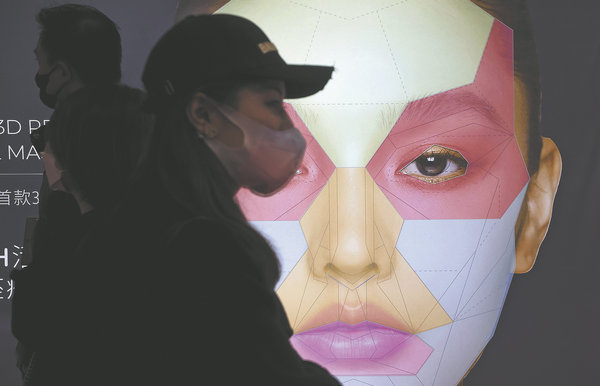

China's medical aesthetics industry is undergoing quality upgrades and embarking on the path of high-quality development, with consumers increasingly pursuing self-improvement amid intensified industry competition and heightened regulatory efforts, officials and industry experts said.
When China rolled out its reform and opening-up policies in the late 1970s, the domestic medical aesthetics industry sprouted to ride the era of liberalization, gradually evolving into a dynamic landscape characterized by rapid growth and expansion. It is now on the threshold of another new stage — high-quality development driven by medical expertise and prowess, said Li Bin, founder and chairman of BeauCare Clinics Medical Investment Group Co Ltd.
Sun Lijian, director of the Financial Research Center at Fudan University, said in an earlier interview that as the fundamentals of China's long-term sound growth remain unchanged, the current focus should be on boosting market confidence and exploring new growth drivers, where the medical aesthetics industry — a prime example of new consumption trends — has a role to play.
Potential unleashed
"Owing to improved life quality, development of the industry and rising awareness of consumer demand for beauty enhancement, consumption of services of the medical aesthetics industry has increased strongly, transforming what was once a niche sector for high-income groups into a mainstream business," Li said.
With revenue reaching 200 billion yuan ($27.6 billion), China's medical aesthetics market expanded by 20 percent in 2023, with the compound annual growth rate expected to be 15 percent in the next four years, thanks to the resilience of the country's economy and growing demand for medical aesthetics, said a report from Deloitte last year.
In addition, China's huge consumer base and relatively low penetration rate are expected to further unleash the potential of the industry. According to online cosmetic treatment platform SoYoung, the consumer base for medical aesthetics in China reached 23.54 million in 2023.
Although the Chinese medical aesthetics market's penetration rate rose to 4.5 percent in 2022 from 3.6 percent in 2019, it still lags behind more developed markets such as Japan, the United States and South Korea, whose penetration rates were 2.5 times, 3.8 times and 4.9 times that of China, respectively, indicating significant room for further development in the future, said Dongguan Securities in a report.